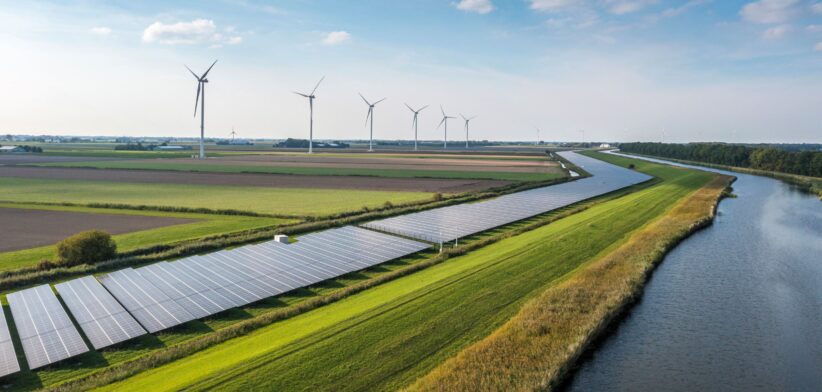Wind and solar, backed by storage and transmission, remain the lowest-cost new electricity generation option, according to the CSIRO.
The analysis was published by Australia’s national science agency in its latest GenCost Report, compiled in collaboration with the Australian Energy Market Operator (AEMO).
CSIRO Director of Energy Dietmar Tourbier said the report found renewables remained the lowest-cost new-build electricity generation technology, while nuclear small modular reactors (SMRs) were the most costly.
Dr Tourbier said gas with carbon capture and storage (CCS) and large-scale nuclear were the lowest cost options behind renewables, but as neither were currently deployed for electricity generation in Australia, they could be subject to longer lead times and first-of-a-kind premiums.
He said the cost of small modular nuclear reactors (SMRs) remained high, even with new data from Canada’s Darlington project.
“This represented the first commercial-scale benchmark from a western country and fell within the range previously projected by GenCost.”
Dr Tourbier said the GenCost report provided cost data for a range of new-build electricity generation technologies to support electricity system modelling and planning.
He said while some technologies were more cost-effective than others, a mix of technologies would be required to ensure system reliability and flexibility over the long term.
“GenCost delivers transparent, independent cost estimates that feed directly into electricity system modelling and investment planning.
“We refresh forecasts annually using the best available data at the time to ensure GenCost reflects current market conditions and remains a trusted benchmark.”
CSIRO Chief Energy Economist and GenCost lead author Paul Graham said fewer submissions were received in the stakeholder consultation process than in previous cycles, but reflected a broader range of perspectives.
“Most input we received focused on technologies already in development or under construction, such as pumped hydro, wind, solar photovoltaics (PV), gas, solar thermal and electrolysers,” Mr Graham said.
“The strength of GenCost lies in collaboration. We depend on the deep expertise of the electricity industry because no single organisation can track every technology in detail,” he said.
Mr Graham said following consultation, cost projections for most technologies had been revised upwards, despite continued declines in solar PV and battery costs.
He said key drivers of these changes included:
- New data indicating sustained long-term increases in Australian construction costs.
- Inclusion of work camp costs in capital estimates for future wind projects.
- Market intelligence suggesting global gas turbine supply may lag demand in coming years.
- An increase in capital financing rates to align with assumptions in other major studies.
Download the full report: GenCost 2024_25 Final Report








